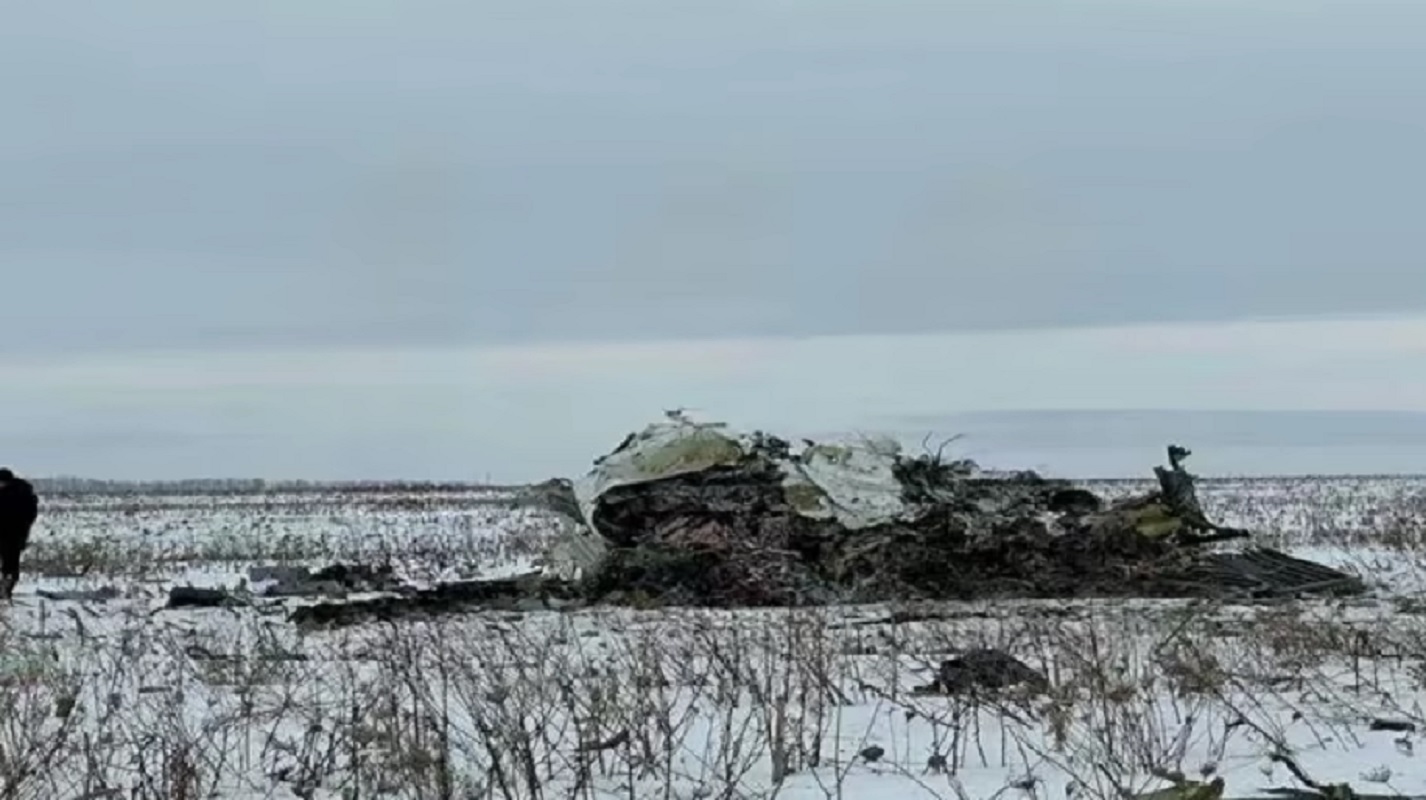The IL-76 plane crash in Russia on January 24 is a Russian war crime, even if it may be an act of disinformation. Ukraine should call for the establishment of an international commission to investigate this incident thoroughly. Regardless, a Russian military transport plane operating near a conflict zone is a legitimate military target that could be engaged. Roman Svitan, a retired Ukrainian military pilot and colonel, discussed the IL-76 disaster on Apostrophe TV, shedding light on a possible version of events.
It is not possible to assert anything against the real official statements of our government - but it is also wrong. However, we can explore different scenarios, eliminating those deemed implausible due to various technical reasons.
Firstly, the IL-76 could be shot down by both the Ukrainian and Russian sides.The Russians were actively deploying S-300 missiles shelling civil buildings in Kharkiv, while Ukrainian drones and rockets were launched in response. Given the combat intensity and efforts to intercept each other's assets, it is plausible that the Russian IL-76 was accidentally shot down in a friendly fire incident – a common occurrence in such tense situations. This version stands out as the most technically feasible explanation.
Secondly, the take-off and landing course of the airfield in Belgorod is 109/289. This is west/east.
The crash site of the IL-76 is just eastward, indicating the aircraft was either landing or taking off - but towards the depth of Russian territory. Russian air defense systems could potentially engage and shoot down a Russian aircraft noting its close proximity. However, given the range of about 80 km, our air defense systems, including S-300, Patriot, and SAMP/T, could also have engaged the aircraft if positioned near the border during takeoff. Notably, the IL-76 would be vulnerable to the S-200 system, designed for distance up to 250 km and engaging large military transport aircraft. Moreover, our forces might have ventured into Russian territory, employing FIM-92 Stingers with their capability to reach easily altitudes of up to 4 km.
Thirdly, a dozen of means, both from Russian and Ukrainian sides could potentially target the IL-76. Drawing on practical experience in investigating air crashes, particularly in my role as an investigator, I аm familiar with the process. Within the initial hour, the nature of the incident becomes evident. Analysis of the impact elements swiftly reveals the missile responsible, indicating its potential launch territory based on rocket nomenclature. The Russians are already certain about the situation, with the key question being the communication strategy, underscoring the need for international expertise in conveying the information.
Fourthly, it is crucial to recognize that the Ukrainian military defense forces were tasked with neutralizing all military aircraft within the region. This standard protocol is driven by the fact that the IL-76 is a Russian military transport plane operated by pilots from the 117th regiment of Russian military transport aviation. From our perspective, it represents a legitimate military target that must be eliminated. We are committed to destroying the IL-76 wherever we encounter it.






